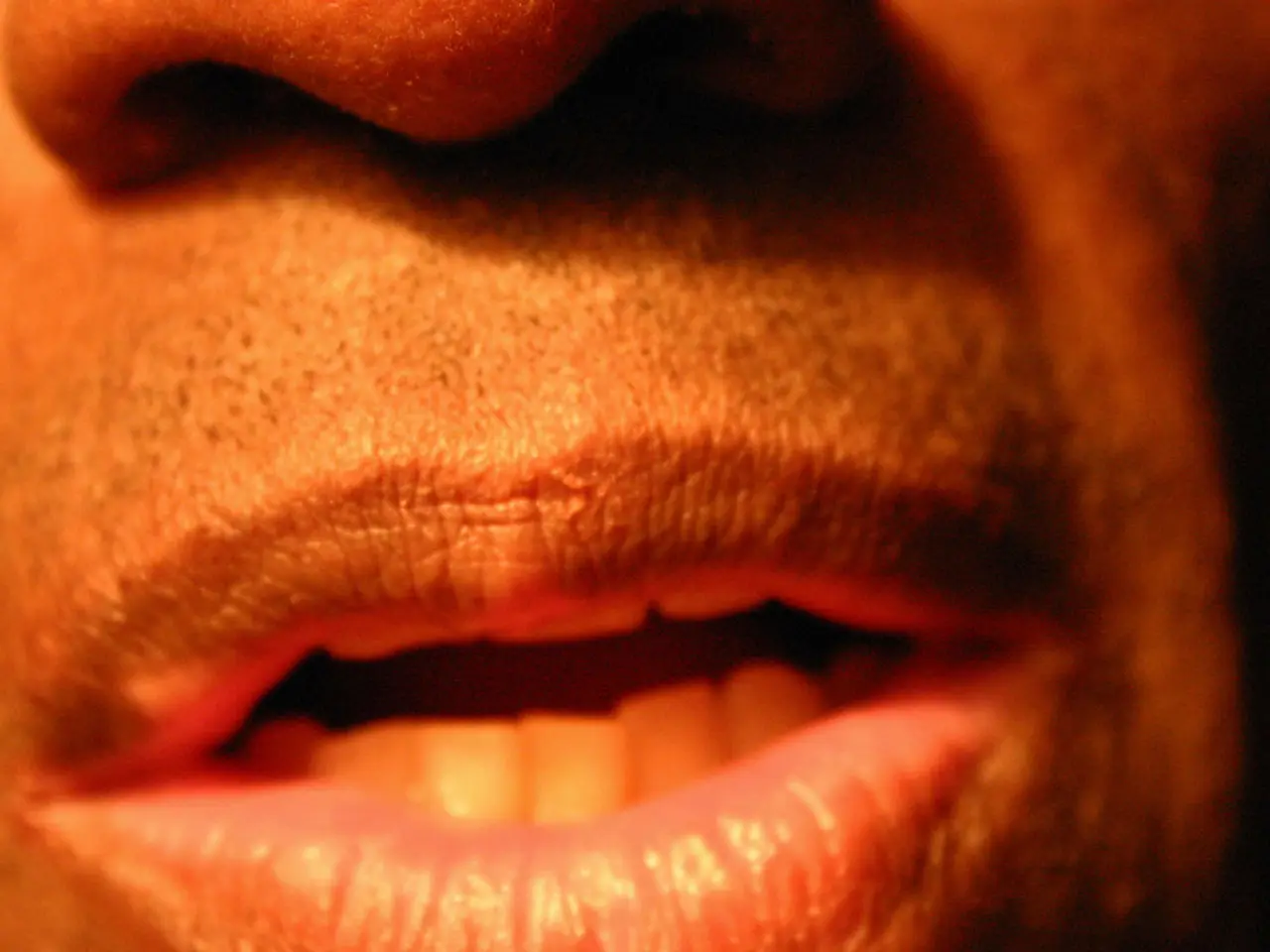Nasal Septal Perforation Explained: A Look at This Common Nose Condition
Nasal septal perforation is a medical condition that affects the cartilage and bone structure dividing the two nostrils. This article aims to provide a comprehensive overview of the symptoms, causes, treatment options, and recovery process for nasal septal perforation.
Symptoms of nasal septal perforation include nasal congestion, nasal bleeding, whistling sound, crusting and discharge, and facial pain. If you experience any of these symptoms, it is crucial to consult a healthcare professional for a thorough evaluation and appropriate treatment options.
Common causes of nasal septal perforation include trauma, chronic nasal inflammation, substance abuse, medical treatments, and infections. Trauma, such as from nasal injury or surgery, is a frequent factor. Chronic inflammation and autoimmune diseases can also impair mucosal healing, leading to perforation.
While there are some non-surgical options for managing symptoms, such as saline nasal sprays and antibiotics, surgery is often the most effective treatment. During a consultation with a specialist, you will discuss symptoms, medical history, undergo a physical examination, and review repair options.
During recovery, it's important to keep your head elevated, avoid nose blowing, stay hydrated, and use humidifiers. Rest is essential during the initial recovery phase, and you may experience pain, swelling, or discomfort that can be managed with pain medication. Contact your healthcare provider if you experience increased pain or swelling, fever or chills, excessive bleeding or discharge from the nose, difficulty breathing, or other signs of complications.
The recovery process and potential complications may seem daunting, but being informed and prepared can significantly enhance your experience. Consult a nasal septal perforation repair specialist for personalized recommendations based on the size and cause of the perforation, as well as your overall health.
If you decide to proceed with surgery, your doctor will provide specific preoperative instructions, including avoiding certain medications, fasting, and arranging transportation. The cost of nasal septal perforation repair can vary widely based on factors such as the surgeon's experience, the complexity of the procedure, and geographic location.
Specific complications to watch for include septal hematoma, septal deviation, and loss of sense of smell. Common risks associated with nasal septal perforation repair include infection, scarring, and persistent symptoms.
Early intervention is key in managing nasal septal perforation for better outcomes and improved nasal health. Diagnosis of nasal septal perforation involves a medical history, physical examination, and imaging studies. Follow-up appointments with your surgeon are necessary to monitor healing progress and address any concerns.
Preparing your home for recovery involves stocking up on supplies, planning for rest, and limiting physical activity during the recovery period. The CPT code for nasal septal perforation repair can vary based on the specific procedure performed, so it's best to consult with your healthcare provider or insurance company for the exact code related to your treatment.
In conclusion, nasal septal perforation is a condition that requires professional medical attention. By understanding its symptoms, causes, and treatment options, you can make informed decisions about your health and recovery. Always consult a healthcare professional for a proper diagnosis and treatment plan, as home treatments are not a substitute for professional medical care.
- Consulter un professionnel de la santé pour une évaluation complète de votre état de santé si vous souffrez de tout ou partie des symptômes associés aux conditions médicales et aux maladies chroniques tels que la congestion nasale, les saignements nasaux, le son de sifflement, les croûtes et la sécrétion, et la douleur faciale.
- La science, la santé et le bien-être suppose un compromis soutenu en matière de santé et de cure pour la réparation des fissures de la quasi-septum nasal, mettre à plat votre maison pour la récupération, stocker en avant des fournitures, planifier pour la repos et limiter les activités physiques pendant la période de récupération.




